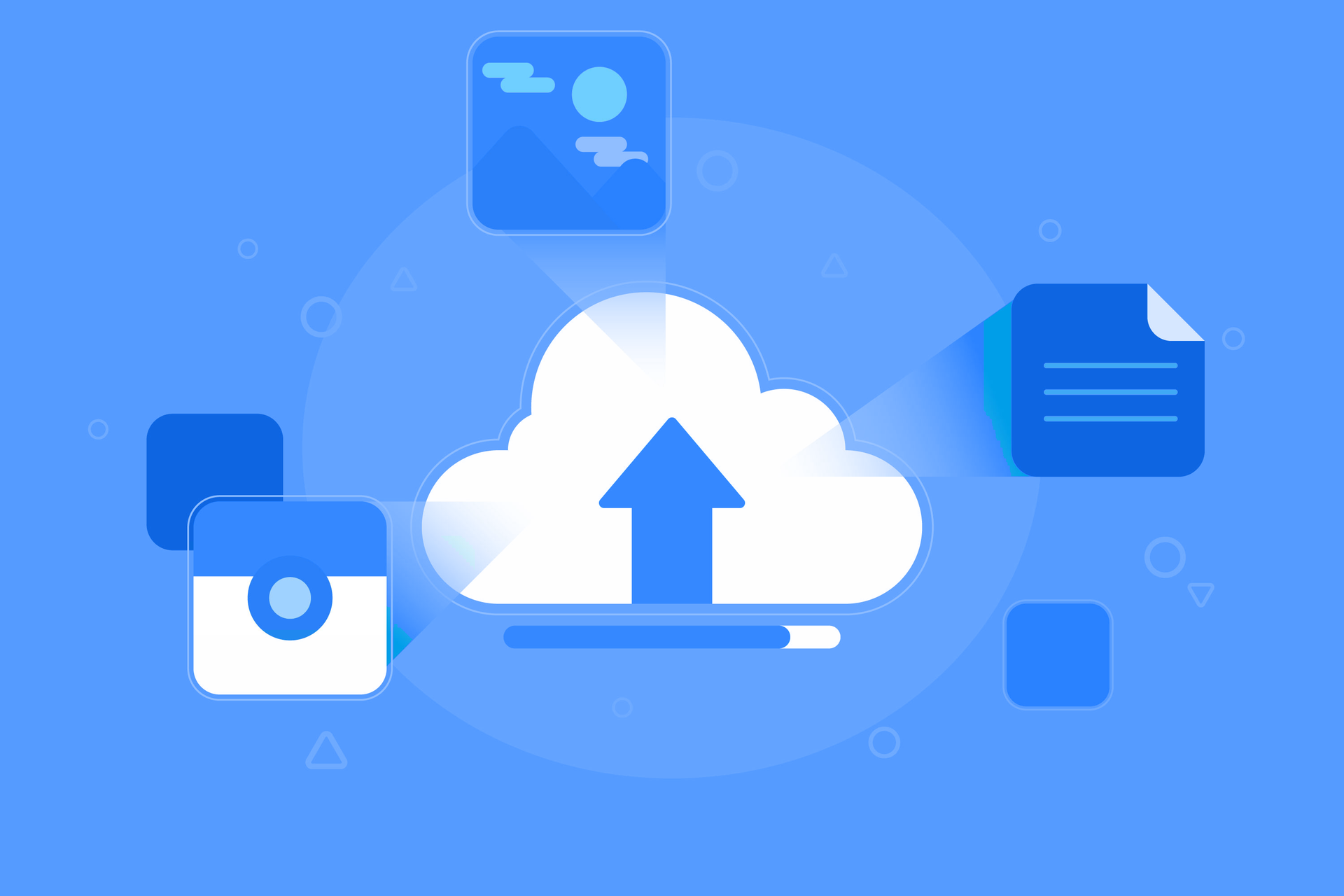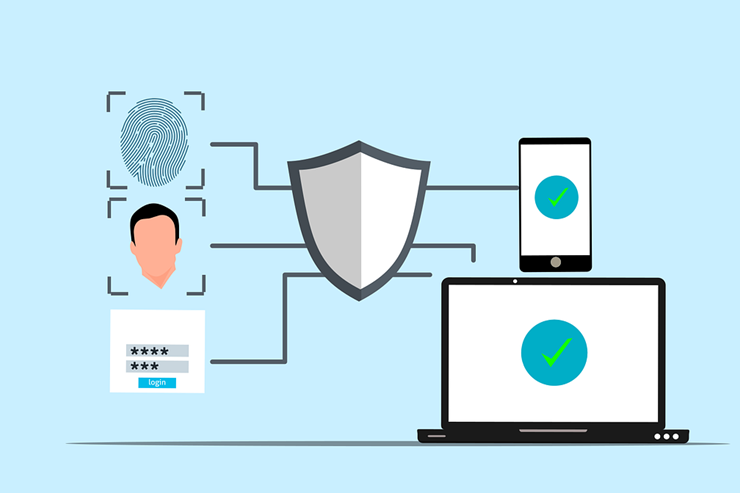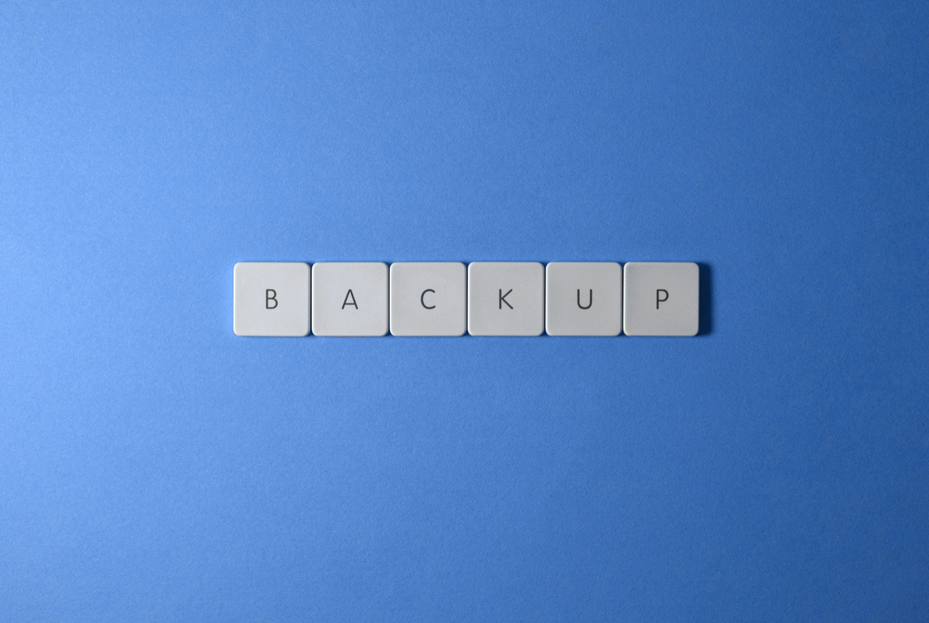Don’t Let Outdated Tech Slow You Down Build a Smart IT Refresh Plan

A slow computer or a frozen screen are the worst things that can ruin your day. You've most likely dealt with outdated technology on multiple occasions if you manage a small business. It may seem cost-effective to extend the life of outdated equipment, but the long-term costs are frequently higher.
Due to technological issues like sluggish PCs and antiquated laptops, small businesses lose about 98 hours annually, or 12 working days.
This is why it's important to have an IT refresh plan. It helps you stay safe, prevents unplanned malfunctions, and keeps your team operating efficiently.
Regardless of whether you outsource managed IT services or handle them in-house, a solid refresh strategy can save time, stress, and money down the line.
Why Having a Strategy in Place is Important
It's simple to overlook outdated hardware until it breaks. You are forced to deal with downtime, find better parts, or even explain the slowness to your clients and team when things start to go wrong.
The risks of not planning include:
• Unexpected downtime: Even one broken laptop can stop an entire day of work.
• Productivity tanks: Outdated tech runs slower, crashes more often, and just can’t keep up.
• Security risks go up: Older systems miss out on key updates, leaving you exposed.
• Compliance issues: Especially if your business needs to meet certain tech standards or regulations.
A little planning now can save you from a lot of headaches later.
4 Simple Strategies for a Smarter Refresh Plan
Tech specialists and large budgets won't solve problems by themselves. A realistic plan that suits the size, needs, and speed of your company is what produces tangible results. Here's where to begin:
1. Replace as You Go
With a clever twist, this one is for people who enjoy making things work until they can no longer.
Replace equipment gradually rather than all at once. Replace a machine when it begins to malfunction or reaches the end of its useful life. Uncertain of the exact time? Based on warranty, performance, and whether the device can still run your essential tools, your IT support provider can assist you in determining a reasonable "expiration date" for each device.
This method minimizes surprises and disperses the expenses.
2. Schedule Regular Refresh Cycles
Think about updating your hardware on a regular basis if your team depends significantly on technology or if you'd prefer not to wait for something to go wrong. Small businesses typically do this every three years.
This helps in a few ways:
· You avoid the slow buildup of old, sluggish machines.
· You can plan (and budget) for replacements ahead of time.
· You may be able to score better deals when buying in bulk.
It’s a cleaner, more predictable way to keep your tech current.
3. Watch for Compatibility Issues
Technology doesn't exist in a vacuum. Your outdated laptops may not have enough memory to support a new software update. On an old operating system, a cloud app might not even install.
Your company will go into panic mode if you wait until something breaks or your tools stop working. Rather, have your IT partner perform routine maintenance to ensure that your hardware and software continue to work well together. Consider it your tech's annual physical.
4. Don’t Be Afraid of Leasing
It's not always feasible to purchase brand-new equipment outright, particularly for smaller teams. Leasing might be worth a look if high upfront costs are preventing you from moving forward.
Numerous IT suppliers provide flexible-term leasing options. Some even include support during the transition and simple upgrades every few years. It allows you to purchase the newest technology without going over your budget all at once.
Always Have a Hardware Register
Here’s a simple but powerful tip to keep track of your tech. All you need is a simple spreadsheet that includes:
• What equipment do you own
• When you bought it
• When the warranty expires
• Any issues it’s had
• Who’s using it
This list, often called a hardware register, takes the guesswork out of planning. Instead of saying “I think we bought that laptop a while ago,” you’ll know exactly where you stand.
With a hardware register in place, you can:
• Spot patterns before things break
• Budget smarter
• Negotiate better deals with vendors
• Avoid security risks from forgotten old devices.
The Cost of Waiting Too Long
The harsh reality is that retaining outdated hardware in an attempt to "save money" frequently ends up costing you more. Using outdated technology slows down your team, increases support calls, and increases your vulnerability to online attacks.
Upgrading becomes more challenging once your equipment is truly outdated because everything needs to be changed at once. Therefore, staying just ahead of the curve rather than far behind it is the best course of action.
What to Do Next
If you’re ready to stop putting out IT fires and start thinking ahead, here’s your game plan:
1. Take inventory: Write down what you’ve got and how old it is.
2. Set your goals: Are you hiring? Switching software? Moving to the cloud? Your refresh plan should support where your business is headed.
3. Talk to your IT services provider: They can help you figure out the best timing, budget, and options (including leasing or bulk purchases).
4. Create a simple schedule: Whether you do it all at once or one device at a time, a plan is better than winging it.
5.
Review regularly: Check in once or twice a year to stay on track.
Stay Ahead by Refreshing Smart
Technology should be helping your business, not holding it back. With a bit of planning, you can avoid surprise breakdowns, reduce downtime, and keep your team equipped with what they need to succeed.
An IT refresh strategy isn't just about replacing old devices, it's about protecting productivity, improving security, and future-proofing your business. When your tech runs smoothly, so does everything else.
Need help building your refresh strategy? Contact us today.
Article used with permission from The Technology Press.










